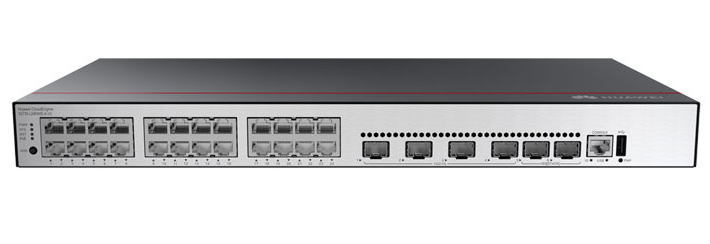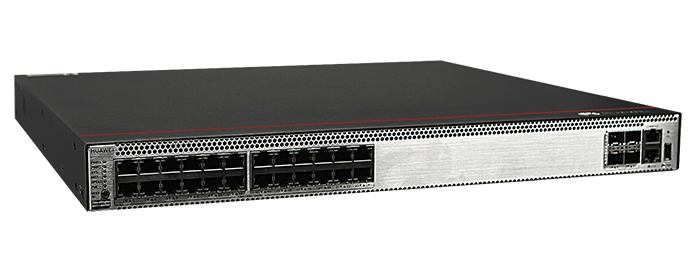































Risk. It's not just a strategic board game; in business it's the analysis that determines the potential for loss.
In today's organization, the consumerization of IT has led to groundbreaking developments in the mobility space. The broad deployment of BYOD, coupled with the availability of corporate data and applications, have challenged how we define security. And with recent news reports citing the rise of mobile hacking and network threats, the security of mobile technology and the data it carries seems to be at risk.
Fortunately, all is not lost.
Mobility gives employees and providers options for the workplace and creating a mobile experience that is efficient and innovative. It is also helping businesses save and make money. Today, employees in any place on any device can access any application across any network in any cloud. As a result, there are challenges associated with implementing a comprehensive BYOD policy that encompasses a proliferation of devices connecting to a network.
Even though mobility can cut costs and increase productivity, 60 percent of IT professionals recently surveyed believe mobile devices in 2013 present more of a risk to their organization than they did in 2012. And even with the growing concerns over mobile security, it still appears that only 60 percent of organizations require security technology for mobility plans. Why isn't that number higher? After all Android Malware grew 2,577 percent in 2012 alone.
How can companies lower risk and increase mobile security? By participating in best practices for establishing safe and secure networks, organizations can reap more mobility rewards and lower the chances for a security breach. Here are a few steps organizations can take to ensure the security of their networks in a mobile environment:
By incorporating the proper security approach through a Cisco infrastructure, security risks can be minimized. Cisco's application management systems can be set up for employees to develop a unified policy across all of a company's wired, wireless, and remote access environments. Learn more about how Cisco's BYOD Smart Solutions can increase security in your IT environments and find out if your company making the most of BYOD via our Assessment Tool.
Is mobility changing the way your company thinks about security? Let us know via comment below. And be sure to follow @Cisco_Mobility and join the conversation,#CiscoYourWay.
 Etiquetas calientes:
Internet of Everything (IOE)
movilidad
IoE
Móvil móvil
BYOD
malware
Cisco Security
Cisco Security Intelligence Operations
mobile malware
Etiquetas calientes:
Internet of Everything (IOE)
movilidad
IoE
Móvil móvil
BYOD
malware
Cisco Security
Cisco Security Intelligence Operations
mobile malware